Home>Storage & Organization>Decluttering Tips & Tricks>How To Declutter Kids Room
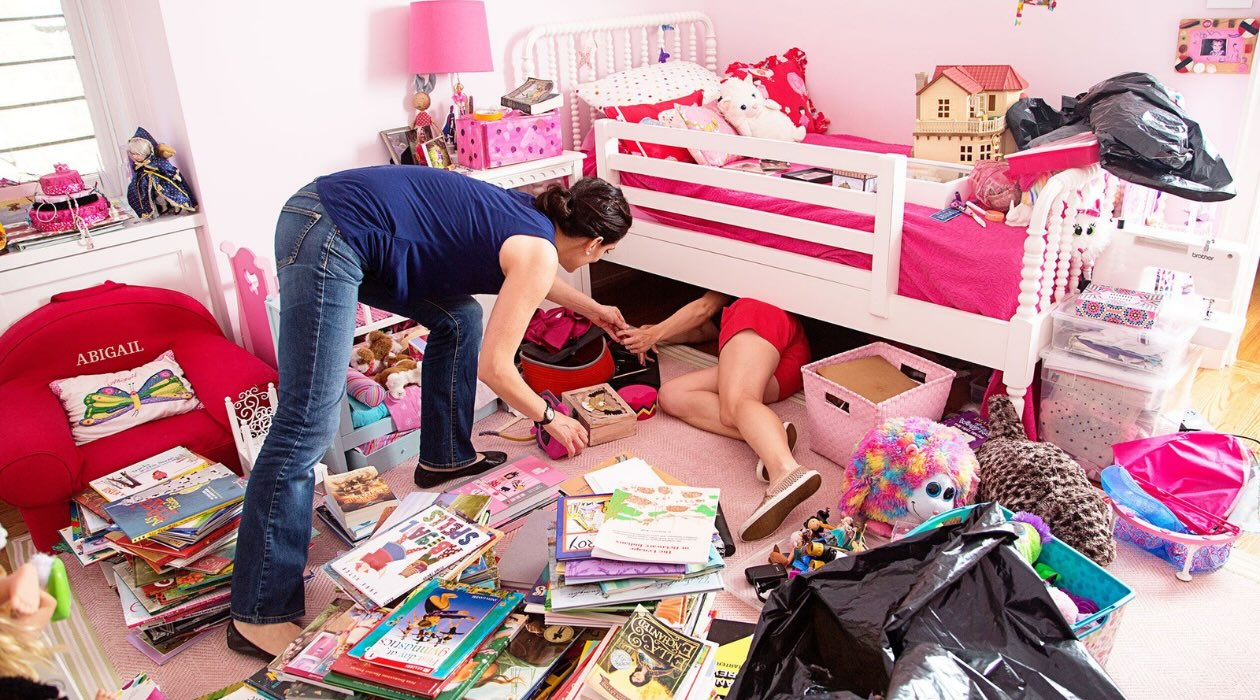

Decluttering Tips & Tricks
How To Declutter Kids Room
Modified: February 26, 2024
Discover effective decluttering tips and tricks for organizing your kids' room. Create a tidy and functional space with our expert advice.
(Many of the links in this article redirect to a specific reviewed product. Your purchase of these products through affiliate links helps to generate commission for Storables.com, at no extra cost. Learn more)
**
Introduction
**
Welcome to the ultimate guide on decluttering and organizing your kids' room! As a parent, you understand the constant struggle of maintaining a tidy and organized space for your children. From toys scattered across the floor to clothes overflowing from the drawers, it can often feel like an uphill battle to keep their room clutter-free.
In this comprehensive guide, we will explore practical tips and tricks to transform your kids' room into a well-organized and inviting space. Whether you're dealing with a playroom overrun by toys or a bedroom filled with clothes and accessories, this guide will provide you with actionable steps to declutter and streamline the entire space.
By implementing the strategies outlined in this guide, you'll not only create a more functional and aesthetically pleasing environment for your kids but also instill valuable organizational habits that they can carry into adulthood.
So, roll up your sleeves and get ready to embark on a decluttering journey that will bring newfound peace and order to your kids' room! Let's dive in and reclaim the space for a clutter-free and harmonious living.
Key Takeaways:
- Get your kids involved in sorting and categorizing their belongings to declutter their room. Encourage them to choose their favorite toys and clothes, teaching them valuable organizational skills and a sense of responsibility.
- Create a daily tidying routine and incorporate fun organizing activities to maintain a clutter-free space in your kids’ room. Lead by example and emphasize the benefits of an organized environment for their well-being.
Read more: How To Declutter A Room
Assessing the Clutter
Before diving into the decluttering process, it’s essential to assess the current state of your kids’ room. Take a moment to observe and evaluate the clutter that has accumulated. This step is crucial as it allows you to gain a clear understanding of the specific areas that require attention and organization.
Start by visually scanning the room and identifying the primary sources of clutter. Is the floor strewn with toys, books, and miscellaneous items? Are the shelves and drawers overflowing with clothes and accessories? By pinpointing the trouble spots, you can effectively strategize the decluttering process.
Next, consider the functionality of the room. Is there ample space for your kids to play, study, and relax, or is the clutter hindering their ability to move freely within the room? Assessing the room’s layout and flow will help you determine how to optimize the space for both storage and activities.
Additionally, involve your children in the assessment process. Ask them about their preferences and how they envision their ideal living space. Understanding their perspective can guide you in making decisions that align with their needs and lifestyle.
As you assess the clutter, take note of any items that are broken, unused, or no longer age-appropriate. These items can be earmarked for donation, recycling, or disposal, clearing valuable space for the belongings that truly matter.
Remember, the goal of assessing the clutter is not to feel overwhelmed by the task at hand but to gain a comprehensive understanding of the room’s current state. Armed with this knowledge, you can proceed to the next steps with confidence, knowing that you are equipped to tackle the decluttering process effectively.
Sorting and Categorizing
Once you’ve assessed the clutter in your kids’ room, the next step is to embark on the sorting and categorizing process. This crucial phase lays the foundation for decluttering and organizing the space effectively.
Begin by gathering all items in the room and sorting them into distinct categories. This can include toys, books, clothing, accessories, art supplies, and any other belongings that have found their way into the room. As you sort through the items, involve your kids in the process, encouraging them to participate in organizing their belongings.
As you categorize the items, consider creating separate piles for the following:
- Toys and games
- Books and educational materials
- Clothing and accessories
- Art supplies and crafts
- Miscellaneous items
Once the items are sorted into categories, it’s time to evaluate each group. Identify items that are no longer used, broken, or outgrown, and set them aside for donation, recycling, or disposal. This step is essential for streamlining the belongings and decluttering the room effectively.
Encourage your kids to participate in the decision-making process, guiding them to differentiate between items they cherish and those they can part with. This not only teaches them valuable organizational skills but also fosters a sense of responsibility for their belongings.
As you sort and categorize the items, consider the storage solutions that will best accommodate each group. For example, toys and games can be stored in labeled bins or baskets, while books can find a home on a dedicated bookshelf. By aligning the storage solutions with the categorized items, you can streamline the organization process and make it easier for your kids to maintain a tidy space.
Sorting and categorizing sets the stage for the subsequent decluttering and organizing tasks, laying a solid foundation for creating a well-ordered and functional room for your kids.
Decluttering Toys and Games
One of the most common sources of clutter in kids’ rooms is an abundance of toys and games. Taming this playful chaos requires a strategic approach to decluttering and organizing these beloved items.
Begin the decluttering process by involving your kids in the decision-making. Encourage them to select their favorite toys and games, fostering a sense of ownership and responsibility for their belongings. As you go through the items together, consider the following guidelines:
- Quality Over Quantity: Emphasize the importance of quality playthings over an excess of toys. Encourage your kids to identify toys that spark joy and engage them in meaningful play.
- Outgrown and Unused Items: Identify toys and games that are no longer age-appropriate or have fallen out of favor. These items can be set aside for donation or passed on to younger siblings or friends.
- Broken and Incomplete Toys: Discard broken or incomplete toys that cannot be repaired or repurposed. Clearing these items will create space for the toys that are cherished and actively used.
- Rotating Toys: Consider implementing a toy rotation system, where a portion of the toys are stored away and periodically swapped with the ones in use. This not only reduces clutter but also keeps the play experience fresh and exciting for your kids.
Once you’ve identified the toys and games to keep, consider the storage solutions that will best accommodate them. Labeled bins, shelves, and toy chests can provide designated homes for different categories of toys, making it easier for your kids to maintain an organized space.
As you declutter and organize the toys and games, remember that the goal is not to eliminate all the fun but to create a curated collection that sparks joy and encourages imaginative play. By involving your kids in the process, you empower them to make conscious choices about their belongings, fostering a sense of pride and ownership in their play space.
Decluttering toys and games is a transformative step in reclaiming your kids’ room from clutter and creating a harmonious environment for play and relaxation.
Consider using storage bins and baskets to organize toys and other items in your kids’ room. Label the bins to make it easy for your kids to know where everything belongs, and encourage them to put things back in the right place after they’re done playing.
Organizing Clothes and Accessories
Managing clothing and accessories in your kids’ room can be a daunting task, especially as they outgrow clothes and accumulate new items over time. By implementing effective organizing strategies, you can streamline the storage of clothing and accessories while maintaining a clutter-free environment.
Start by decluttering the clothing and accessories, involving your kids in the process. Consider the following steps to effectively organize their wardrobe:
- Seasonal Assessment: Evaluate the current season and assess the clothing that is suitable for the weather. Set aside out-of-season items to create space for the clothes in active rotation.
- Outgrown and Unused Clothing: Identify clothes that no longer fit or are rarely worn. These items can be donated, consigned, or passed on to younger siblings or relatives, freeing up valuable space in the closet and drawers.
- Storage Solutions: Invest in practical storage solutions such as hanging organizers, drawer dividers, and labeled bins to categorize and store different types of clothing and accessories. This not only maximizes space but also makes it easier for your kids to locate and put away their belongings.
- Accessible Arrangement: Arrange frequently worn clothing and accessories at a child-friendly height, enabling your kids to independently select and put away their outfits. This fosters a sense of autonomy and responsibility for their belongings.
When organizing clothes, consider categorizing them by type (e.g., tops, bottoms, dresses) and further subdividing them by color or occasion. This systematic approach not only enhances the visual appeal of the wardrobe but also simplifies the process of selecting outfits for various activities and events.
Encourage your kids to participate in maintaining the organization of their clothing and accessories, reinforcing the importance of tidiness and care for their belongings. By involving them in the process, you instill valuable habits that contribute to a well-organized and clutter-free room.
Organizing clothes and accessories is a transformative endeavor that not only streamlines the functionality of the room but also empowers your kids to take an active role in managing their personal space.
Read more: How To Declutter My Room
Creating Storage Solutions
Effective storage solutions play a pivotal role in maintaining a clutter-free and organized environment in your kids’ room. By implementing strategic storage solutions, you can optimize space, streamline the organization of belongings, and create a visually appealing and functional living space for your children.
Consider the following storage solutions to elevate the organization of your kids’ room:
- Multi-Functional Furniture: Invest in multi-functional furniture pieces that serve dual purposes, such as beds with built-in drawers, ottomans with hidden storage compartments, and bookshelves that also function as display units for toys and decorative items. These versatile pieces maximize space while providing designated storage areas.
- Labeled Bins and Baskets: Utilize labeled bins and baskets to categorize and store toys, games, and miscellaneous items. Clear, stackable containers with visible labels make it easy for your kids to identify and access their belongings while facilitating a tidy and organized space.
- Wall-Mounted Solutions: Optimize vertical space by incorporating wall-mounted shelves, hooks, and organizers. These solutions not only free up floor space but also provide designated areas for hanging backpacks, displaying artwork, and storing frequently used items within easy reach.
- Under-Bed Storage: Maximize the space under the bed by utilizing under-bed storage containers or drawers. This often underutilized area can accommodate seasonal clothing, extra bedding, and larger toys, effectively decluttering the room while optimizing storage capacity.
- Closet Organization Systems: Install closet organization systems featuring adjustable shelves, hanging rods, and modular storage units. These systems allow for customizable configurations, enabling you to adapt the closet space as your kids’ storage needs evolve.
When creating storage solutions, prioritize accessibility and functionality. Designate specific areas for different categories of items, making it effortless for your kids to maintain an organized space and retrieve their belongings independently.
Additionally, infuse creativity into the storage solutions by incorporating vibrant colors, playful patterns, and personalized touches that resonate with your kids’ interests and preferences. By integrating their personality into the storage solutions, you cultivate a sense of ownership and pride in the organization of their room.
Creating storage solutions is a transformative endeavor that not only enhances the visual appeal of the room but also fosters a sense of order and autonomy for your kids, empowering them to take an active role in maintaining a well-organized living space.
Maintaining a Clutter-Free Space
Once you’ve decluttered and organized your kids’ room, maintaining a clutter-free environment requires consistent effort and thoughtful practices. By instilling simple yet effective habits, you can ensure that the room remains tidy, inviting, and conducive to play, study, and relaxation.
Consider the following strategies for maintaining a clutter-free space:
- Daily Tidying Routine: Encourage your kids to incorporate a daily tidying routine into their schedule. This can include a quick tidy-up session before bedtime, involving tasks such as putting away toys, hanging up clothing, and clearing surfaces of any clutter.
- Designated Home for Belongings: Reinforce the concept of designated homes for different categories of belongings. Encourage your kids to return items to their rightful places after use, fostering a sense of responsibility and organization.
- Regular Decluttering Sessions: Schedule periodic decluttering sessions with your kids to reassess their belongings. This allows them to identify items that are no longer used or have been outgrown, facilitating the ongoing maintenance of a clutter-free space.
- Incorporate Fun Organizing Activities: Infuse creativity and enjoyment into organizing activities by turning them into games or challenges. For example, you can time a race to see who can tidy up the most items in a specific area of the room, making the process engaging and lighthearted.
- Lead by Example: Serve as a role model by demonstrating tidy habits and actively participating in the organization of the room. When your kids witness your commitment to maintaining a clutter-free space, they are more likely to embrace these habits themselves.
Furthermore, consider the layout and accessibility of the room to ensure that the storage solutions remain functional and practical. Regularly assess the effectiveness of the storage systems and make adjustments as needed to accommodate your kids’ evolving needs and interests.
As you guide your kids in maintaining a clutter-free space, emphasize the benefits of an organized environment, such as reducing stress, enhancing creativity, and promoting a sense of calm and well-being. By framing organization as a positive and empowering practice, you encourage your kids to take ownership of their living space and cultivate lifelong organizational skills.
By implementing these strategies and fostering a culture of organization and tidiness, you can create a sustainable and harmonious environment that supports your kids’ well-being and growth.
Conclusion
Congratulations on embarking on the journey to declutter and organize your kids’ room! By implementing the strategies outlined in this comprehensive guide, you have taken a significant step toward creating a well-ordered, functional, and inviting space for your children to thrive.
Throughout this process, you have not only transformed the physical environment of the room but also instilled valuable organizational habits and a sense of ownership in your kids. By involving them in the decluttering and organizing process, you have empowered them to make conscious choices about their belongings and take an active role in maintaining a tidy living space.
It’s important to recognize that decluttering and organizing is an ongoing journey, and it’s natural for the room to evolve as your kids grow and their interests change. By embracing a mindset of adaptability and periodic reassessment, you can ensure that the room remains tailored to your kids’ needs and preferences.
As you continue to maintain a clutter-free space, remember the transformative impact of organization on your kids’ well-being. A tidy and organized environment not only fosters creativity and a sense of calm but also cultivates a space where your kids can play, learn, and relax with ease.
By fostering a culture of organization and tidiness, you are equipping your kids with valuable life skills that extend far beyond their room. These habits will serve them well as they navigate future challenges and responsibilities, instilling a sense of discipline, order, and pride in their surroundings.
As you witness the positive effects of your efforts, take pride in the transformation you have brought about in your kids’ room. Your commitment to creating a clutter-free and harmonious space sets the stage for a nurturing and supportive environment where your kids can thrive and create lasting memories.
Thank you for joining us on this decluttering journey. May your kids’ room continue to be a place of joy, creativity, and organization, reflecting the love and care you have poured into creating a space where your children can flourish.
Frequently Asked Questions about How To Declutter Kids Room
Was this page helpful?
At Storables.com, we guarantee accurate and reliable information. Our content, validated by Expert Board Contributors, is crafted following stringent Editorial Policies. We're committed to providing you with well-researched, expert-backed insights for all your informational needs.
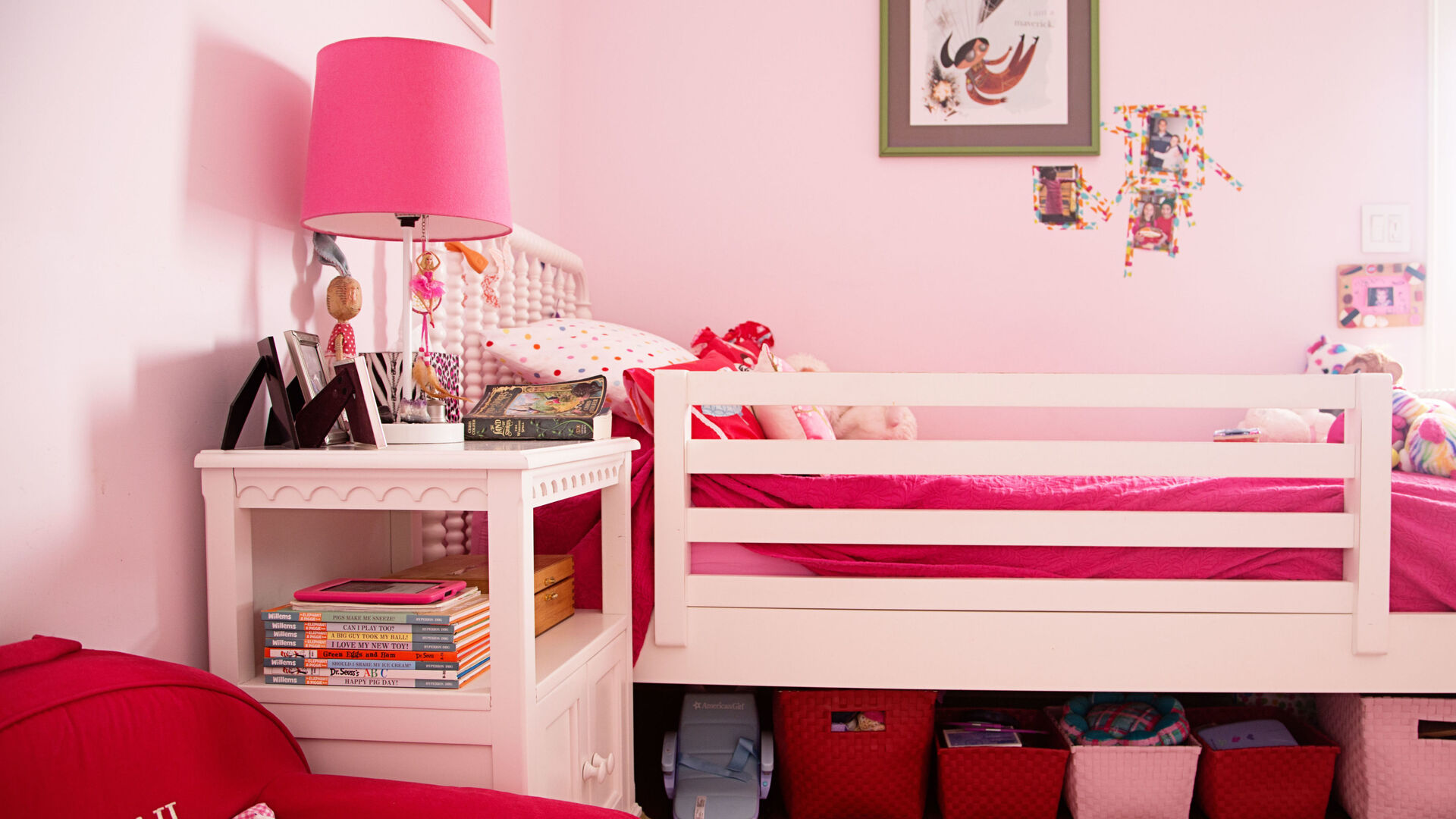
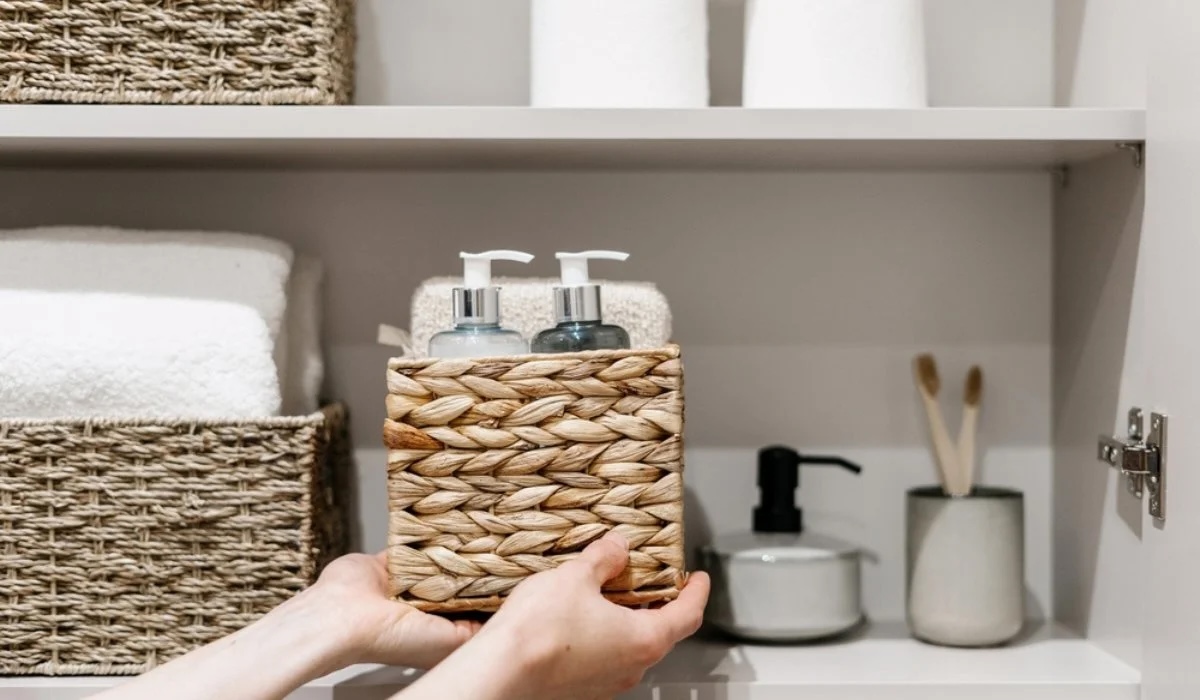
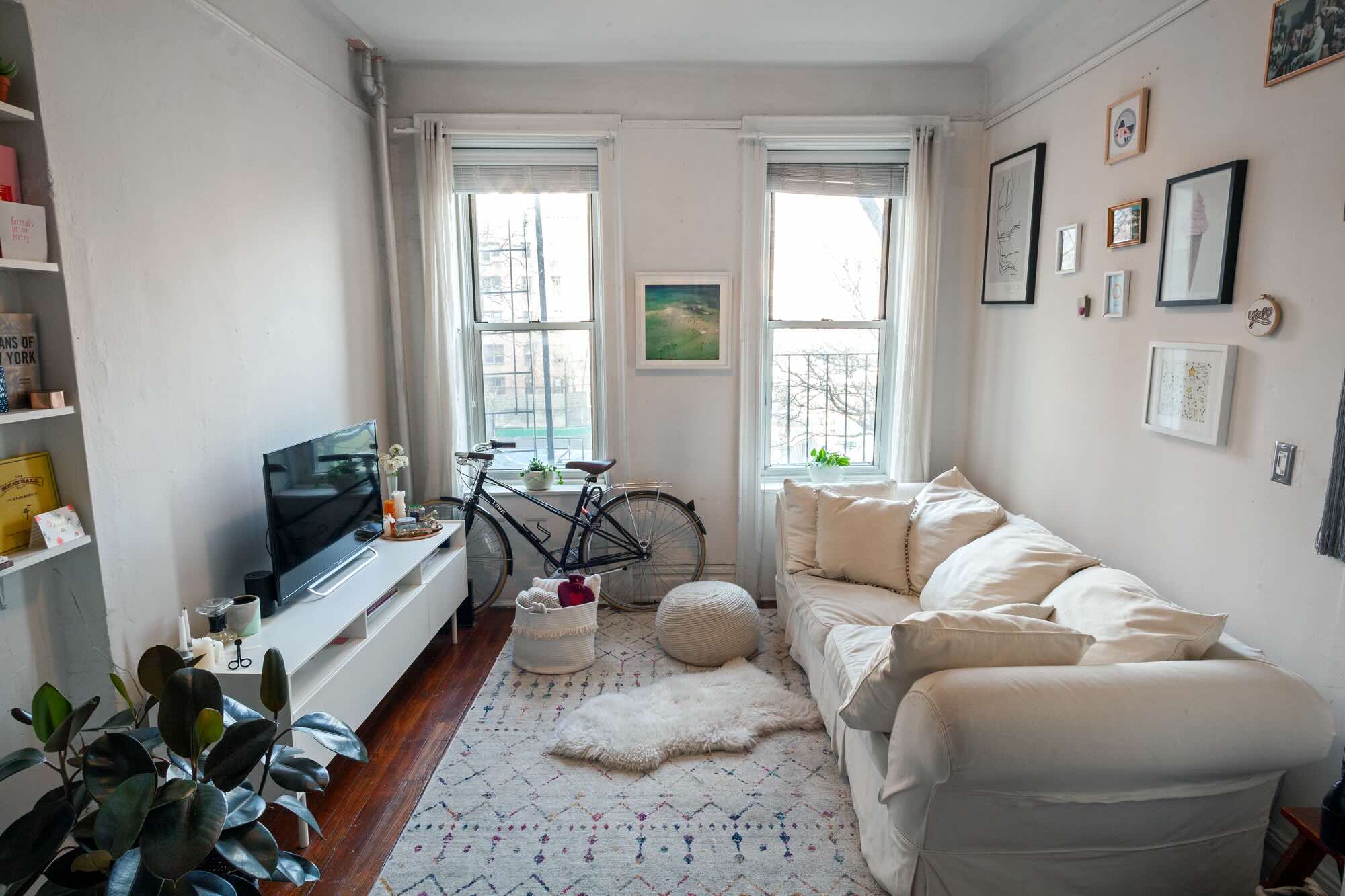
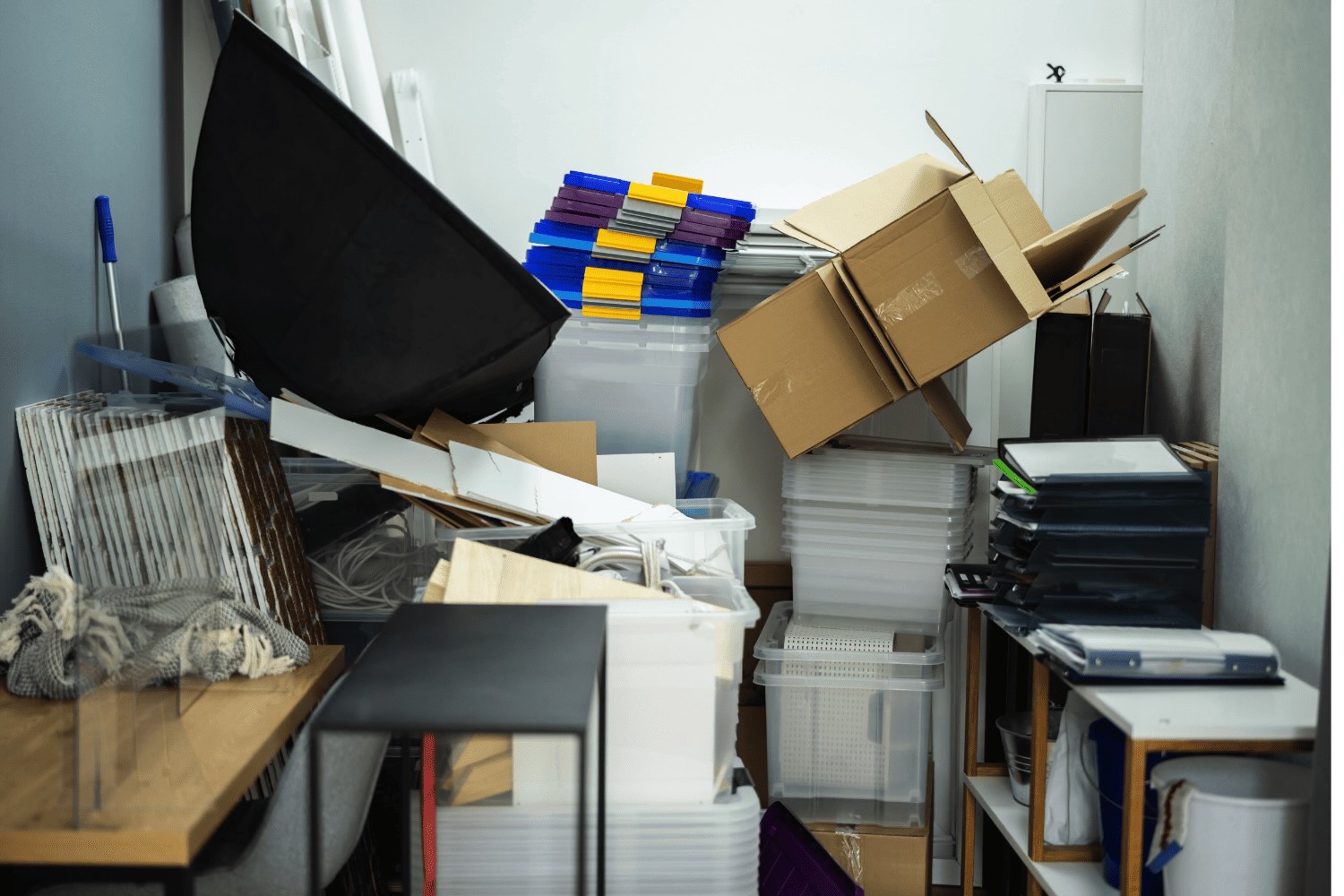
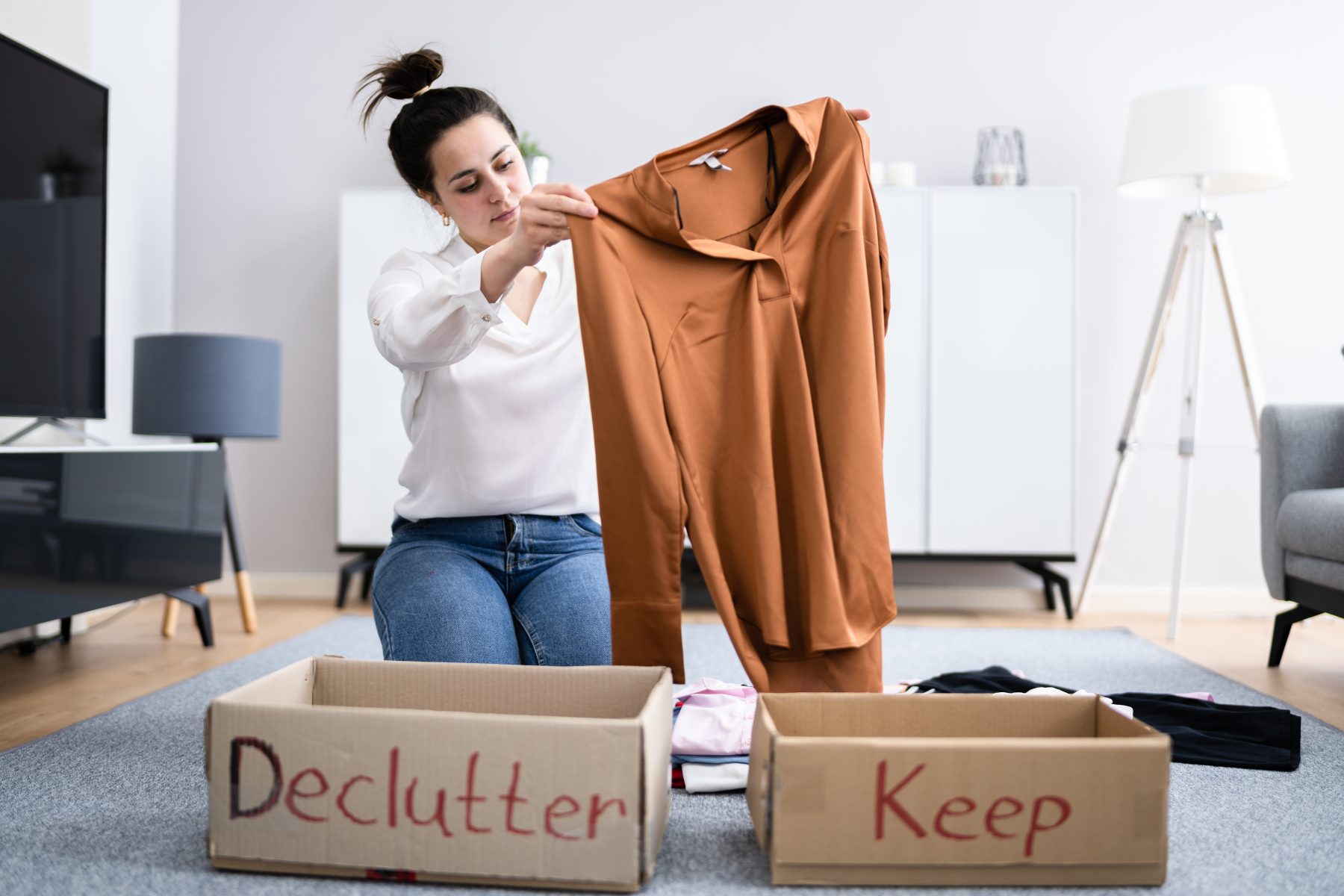
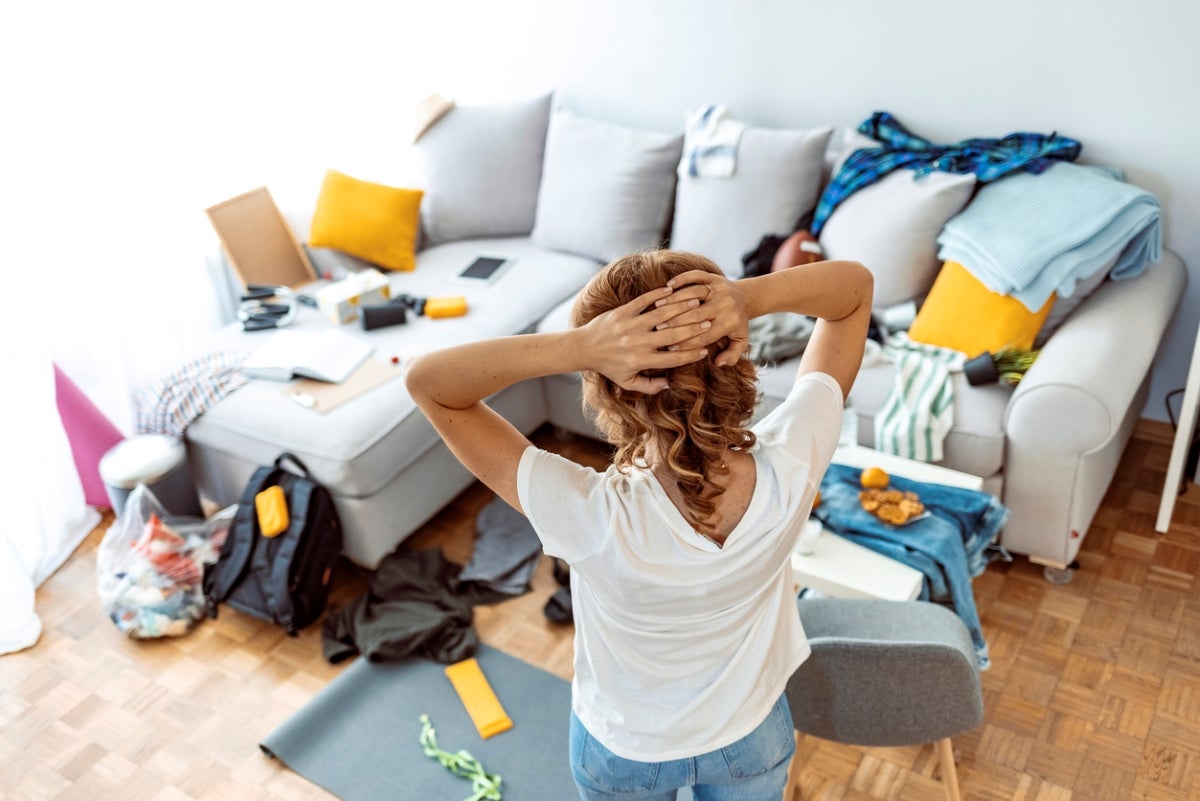
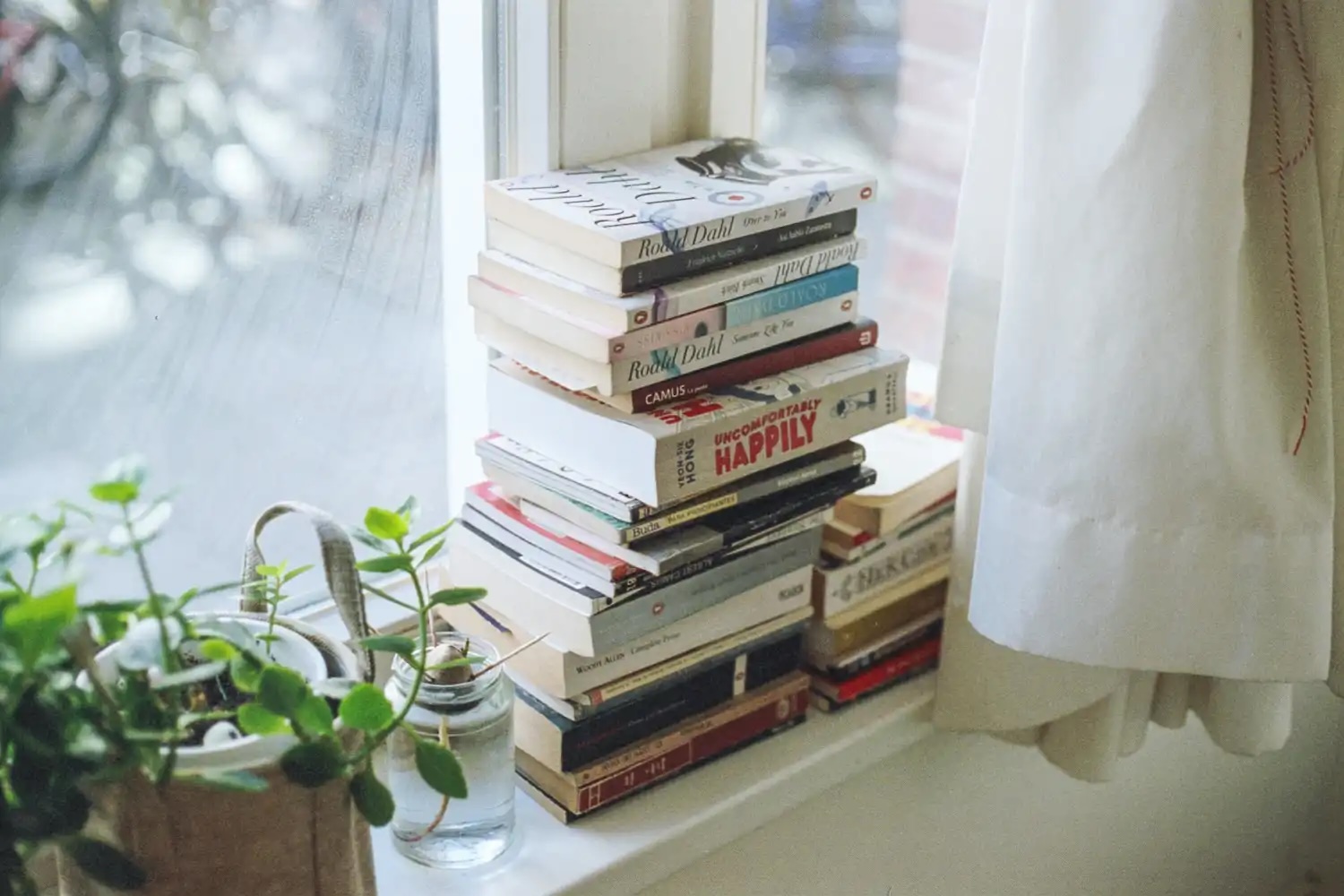
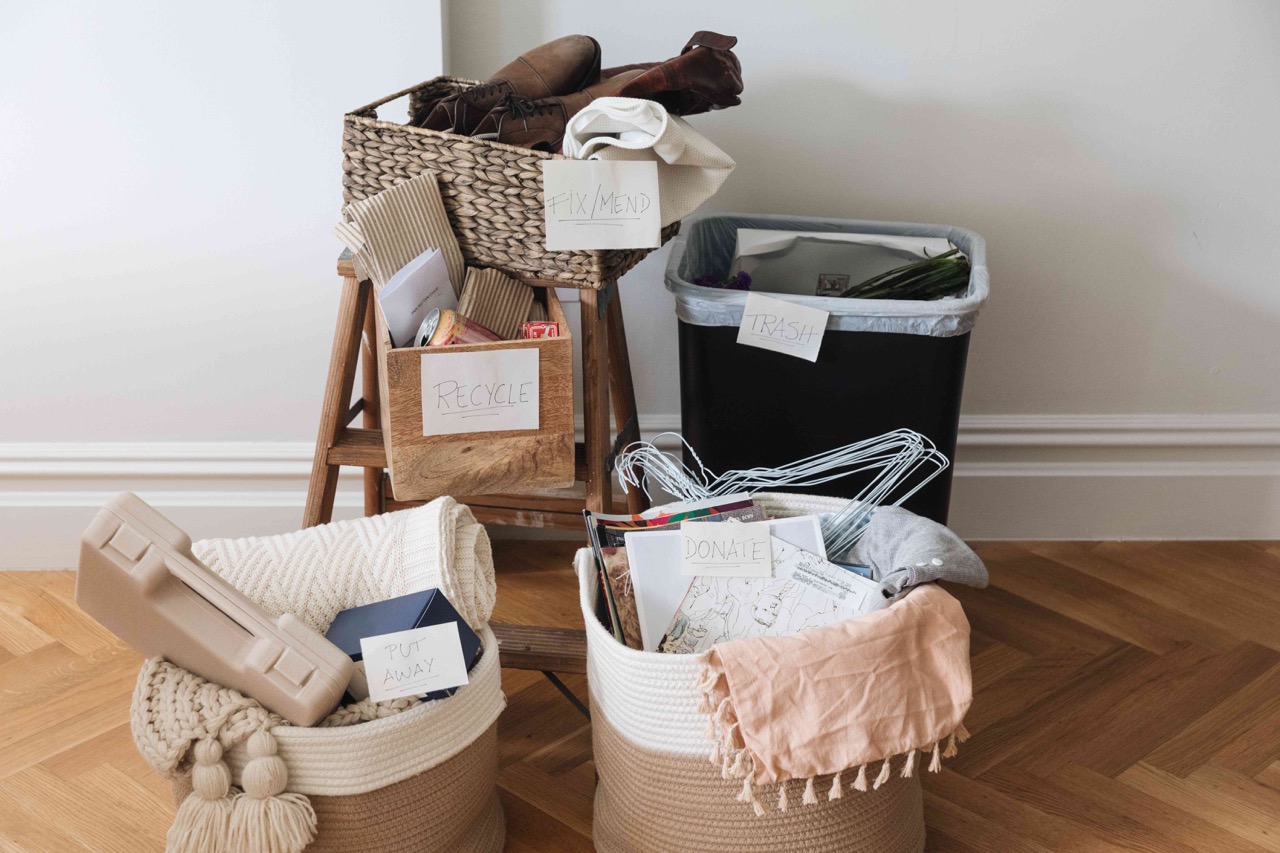
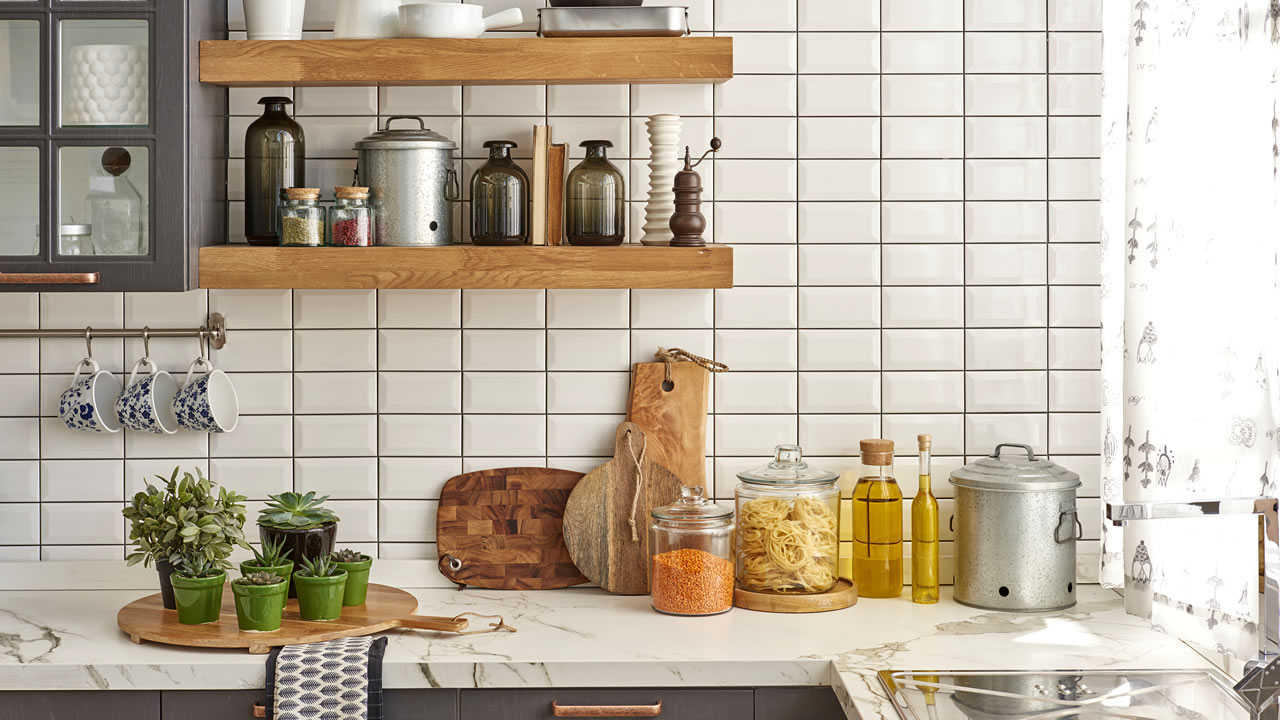
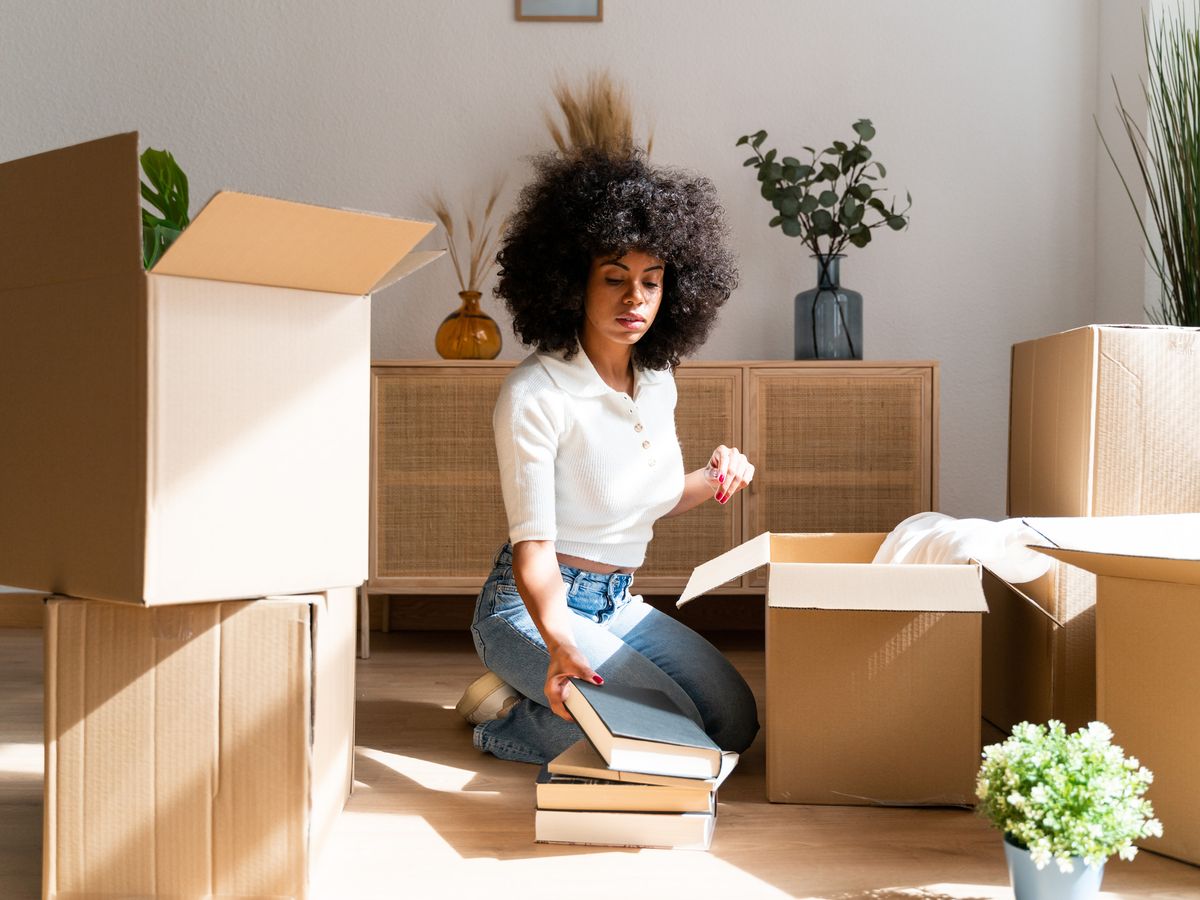
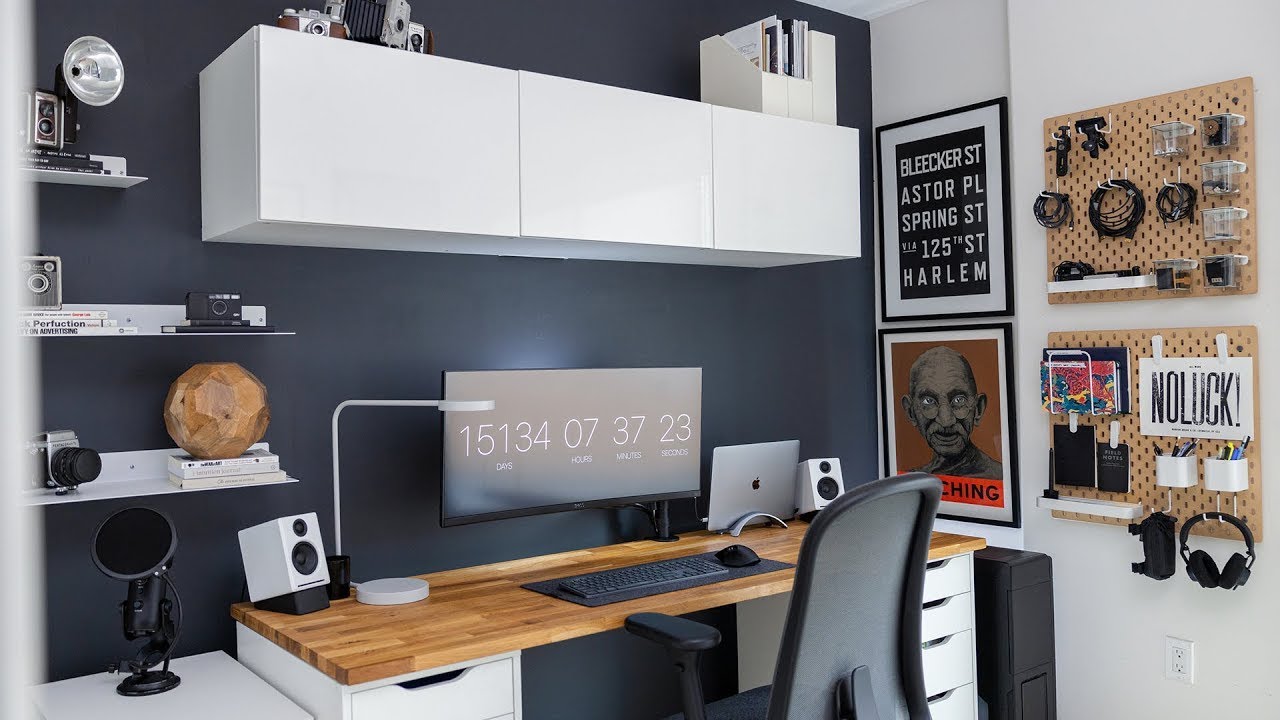

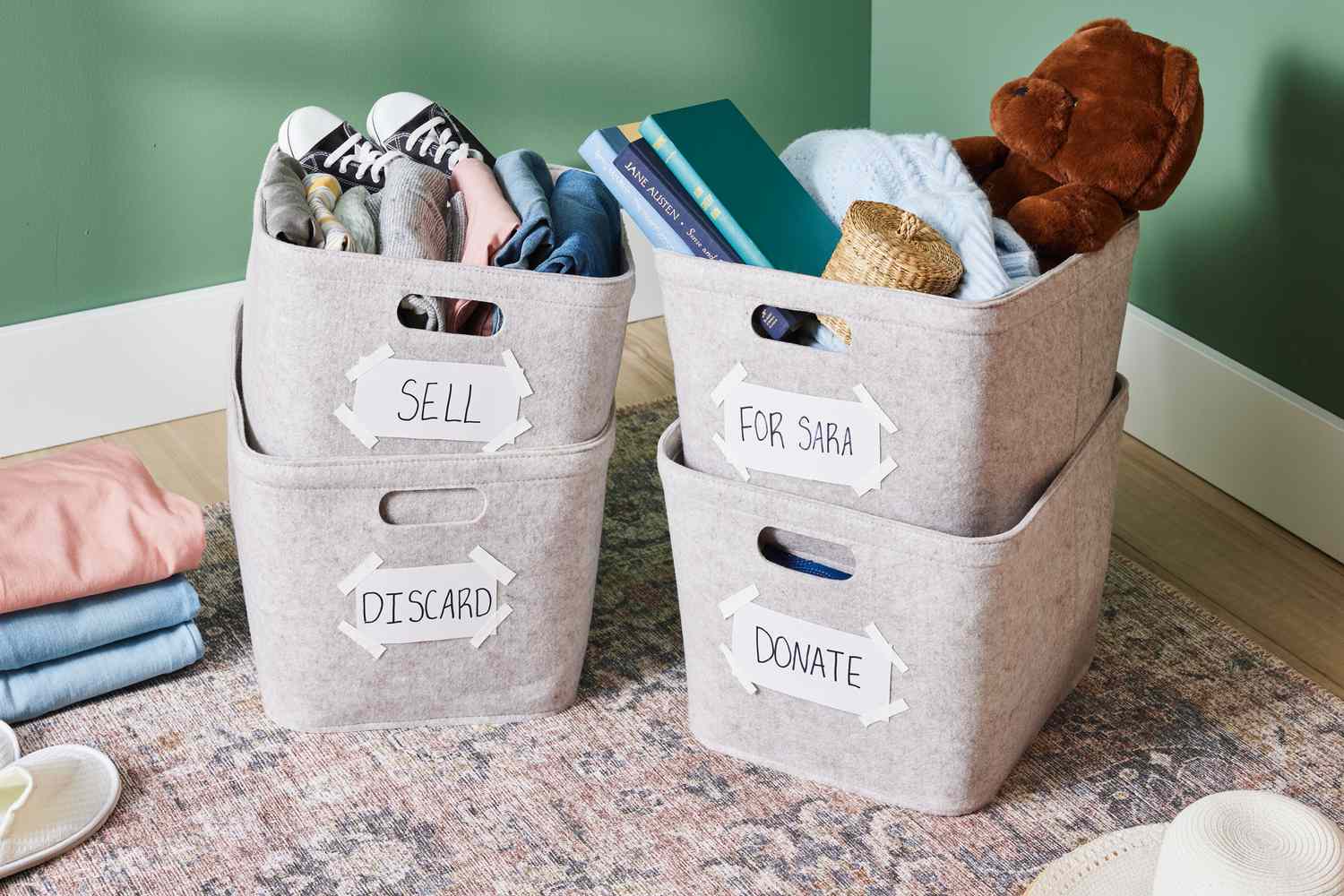
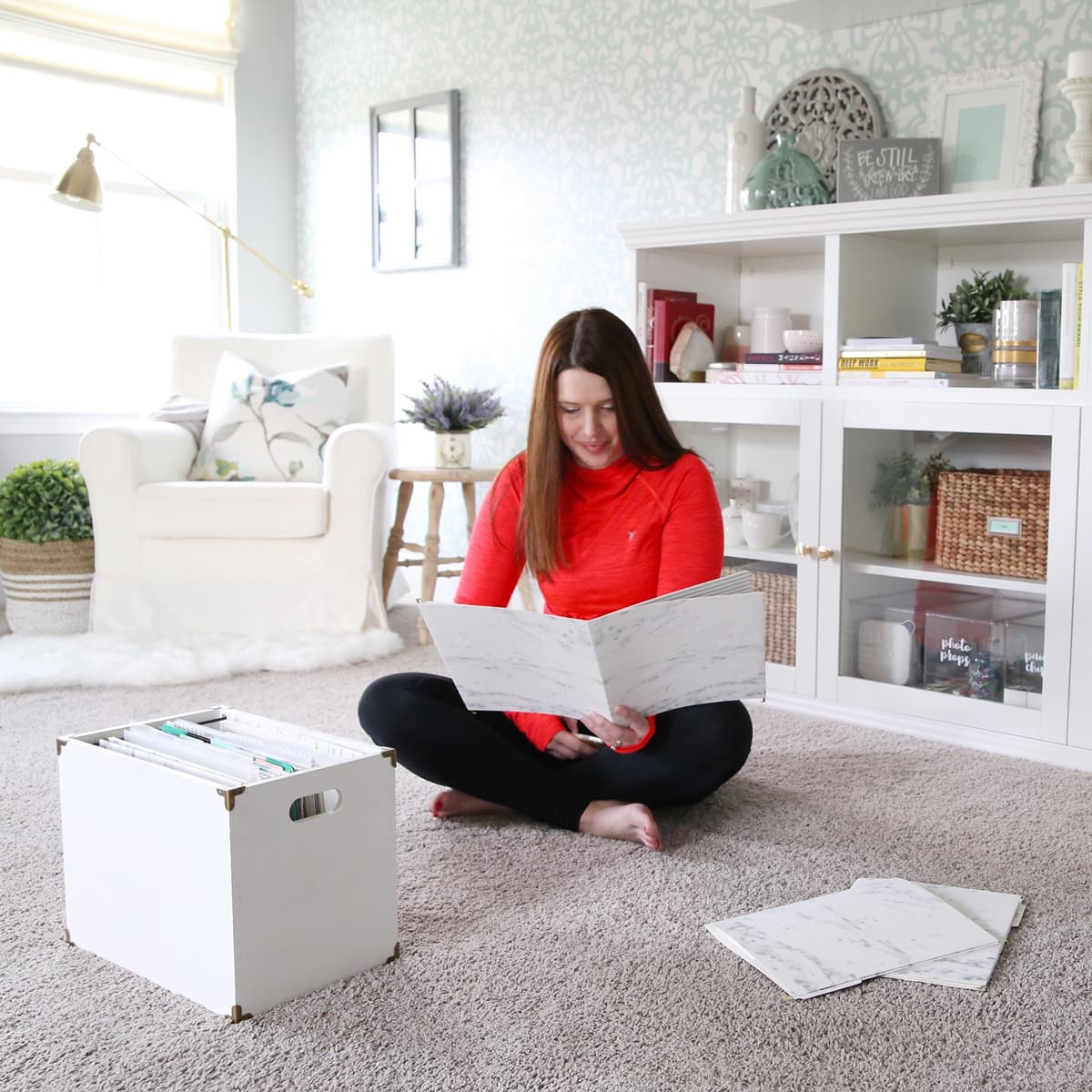

0 thoughts on “How To Declutter Kids Room”